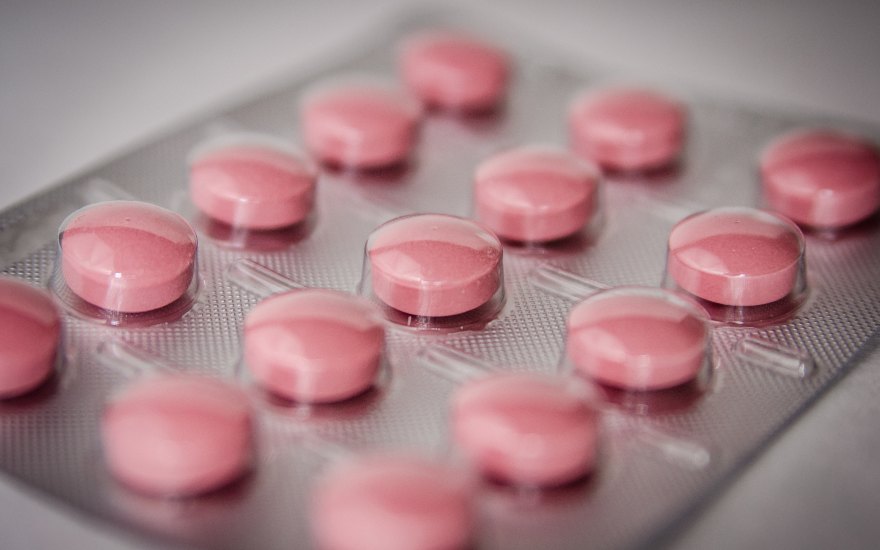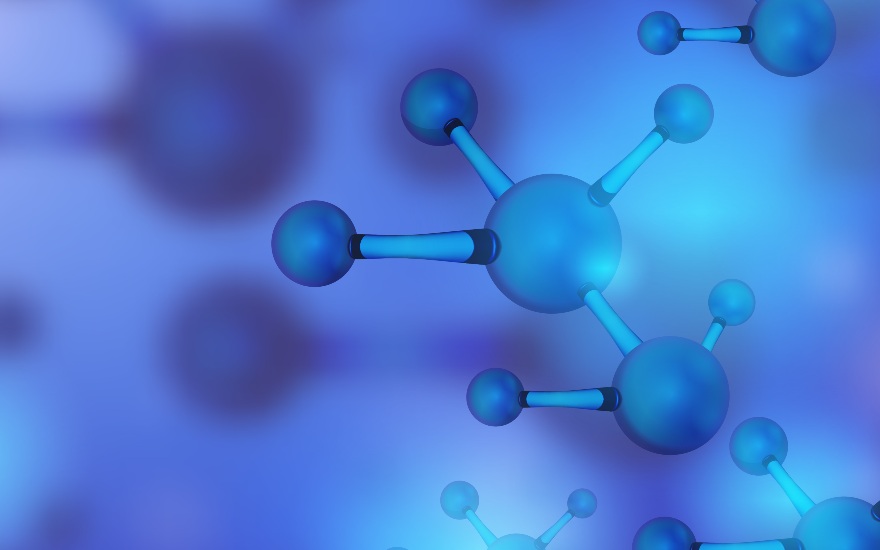Definition, properties and benefits of Diosmin.
Diosmin is a herbal substance first isolated in 1925. Nowadays, it is often recommended in the form of microcirculation supplements, creams and ointments, with the aim of boosting your blood circulation and alleviating specific problems.
But what exactly is it, what is it used for and in what forms can it be taken?
What is diosmin and where can it be found in nature?
Diosmin is a natural compound that belongs to the class of bioflavonoids (also known as flavonoids), plant substances that exert several beneficial activities on the body thanks to their antioxidant, anti-inflammatory and microcirculatory protective actions.
In nature, we find large concentrations of this flavonoid mainly in citrus fruits, notably oranges, grapefruits and tangerines, as well as in certain shrubs, such as Ruta graveolens and Barosma betulina.
Since the late 1960s, diosmin has been widely used as a therapeutic remedy against numerous problems, including haemorrhoids, swollen legs, varicose veins and many others.
Benefits and properties
Bioflavonoids are the subject of constant research because of their many positive effects on the human organism.
In particular, numerous studies have confirmed the benefits of diosmin,, which is effective not only as an antioxidant and anti-inflammatory but also as an anti-hyperglycaemic, anti-mutagenic and anti-ulcer. (Huwait E, Mobashir M., Potential and Therapeutic Roles of Diosmin in Human Diseases).
Further research suggests that diosmin reduced to extremely small micrometre-sized fragments (a process known as micronization), has a positive effect on microcirculation, lymphatic drainage and, indirectly, on the venous tone. (Venoactive Drugs, Chapter 14, Albert-Adrien Ramelet).
Below are a few details on the main properties of diosmin:
- Antioxidant action: this bioflavonoid has proven effective in helping neutralise free radicals and reducing oxidative stress in the body, an alteration that causes several damages (including premature ageing of the cells).
- Anti-inflammatory action: when the human body experiences inflammation, which can be detected by appropriate blood tests measuring the levels of the so-called inflammatory markers, diosmin is believed to lower the level of these markers thanks to its anti-inflammatory effects.
- Beneficial action on microcirculation, lymphatic drainage and venous tone: Diosmin contributes to protecting microvascular permeability (microcirculation involves arterioles, metarterioles, capillaries and venules), improving the lymphatic flow, reducing the diameter of lymphatic vessels and intra-lymphatic pressure and boosting venous tone by prolonging the action of a particular hormone called noradrenaline.
In addition, diosmin is used together with other flavonoids, such as hesperidin, to enhance the therapeutic effects and counteract a wide range of problems.
How to use diosmin: what is it used for and how to integrate it
The benefits of diosmin make it an ideal ingredient for products for external use, such as ointments, creams or gels to be applied directly to the skin, as well as for products for internal use, such as supplements and medicines.

These preparations are mainly recommended against haemorrhoids, varicose veins, capillary fragility, swollen legs, water retention and cellulite.
The most common diosmin products include:
- Medications and supplements for microcirculation, haemorrhoids and lymphatic drainage based on micronised diosmin (often combined with other flavonoids and extracts such as hesperidin, butcher’s broom and horse chestnut), such as Diosmin Expert Omniven 500.
- Gels and creams for swollen, heavy legs and fragile capillaries, to be applied with a gentle massage to promote absorption of the active ingredient.
- Creams and ointments for haemorrhoids, which can alleviate haemorrhoidal disorders and reduce itching and swelling.
- Creams for dark circles and couperose, which may help reduce the problem.
How to integrate diosmin in case of need
In cases of poor microcirculatory function, supplements based on diosmin and hesperidin (in tablets containing 450 mg of diosmin and 50 mg of hesperidin) are often recommended.
Even though it is the doctor who should determine how long to take the supplement, the period should generally not exceed 3 months and the recommended dosage is one or two 500 mg tablets per day.
To increase the intake of this flavonoid, it is also advisable to look after one’s diet. As mentioned above, diosmin is present in numerous fruits belonging to the Citrus genus, better known as as citrus fruits.
Green light, therefore, to oranges, lemons, grapefruits and mandarins, especially if they are fresh, in season and untreated.
Contraindications, side-effects and possible interactions with other substances
Possible side-effects caused by taking diosmin, although very rare, encompass abdominal pain, gastric pain, diarrhoea and headaches.
There are no particular contraindications to taking the active substance, but some studies (including Pharmacokinetic interaction of diosmetin and silibinin with other drugs, Poór M, Boda G, Mohos V, Kuzma M, Bálint M, Hetényi C, Bencsik T) suggest that it might interact with anticoagulants, anticonvulsants and anti-inflammatory drugs.
Indeed, it appears that the flavonoid may reduce the absorption of the active ingredients of these drugs. It is therefore advisable to seek advice from your doctor before taking diosmin supplements or medicines.
Is diosmin really beneficial?
The numerous in vitro and in vivo studies carried out on diosmin have demonstrated its beneficial effects on the body, including its antioxidant, anti-inflammatory and positive effect on microcirculation.
Of course, before taking any dietary supplement – including flavonoid supplements – it is a good idea to consult your doctor so as to avoid any interactions with other substances, such as drugs or other supplements.
Sources:
Venoactive Drugs (Albert-Adrien Ramelet, Chapter 14 – Venoactive Drugs, Editor(s): Mitchel P. Goldman, Jean-Jérôme Guex, Robert A. Weiss, Sclerotherapy (Fifth Edition), W.B. Saunders, 2011, Pages 369-377, ISBN 9780323073677, https://doi.org/10.1016/B978-0-323-07367-7.00020-0)
Pharmacokinetic interaction of diosmetin and silibinin with other drugs (Poór M, Boda G, Mohos V, Kuzma M, Bálint M, Hetényi C, Bencsik T. Pharmacokinetic interaction of diosmetin and silibinin with other drugs: Inhibition of CYP2C9-mediated biotransformation and displacement from serum albumin. Biomed Pharmacother. 2018 Jun;102:912-921. doi: 10.1016/j.biopha.2018.03.146. Epub 2018 Apr 5. PMID: 29710546)
Featured Image: Background vector created by WangXiNa – it.freepik.com
Disclaimer: The information provided in this article represents general indications and in no way replaces medical advice.



